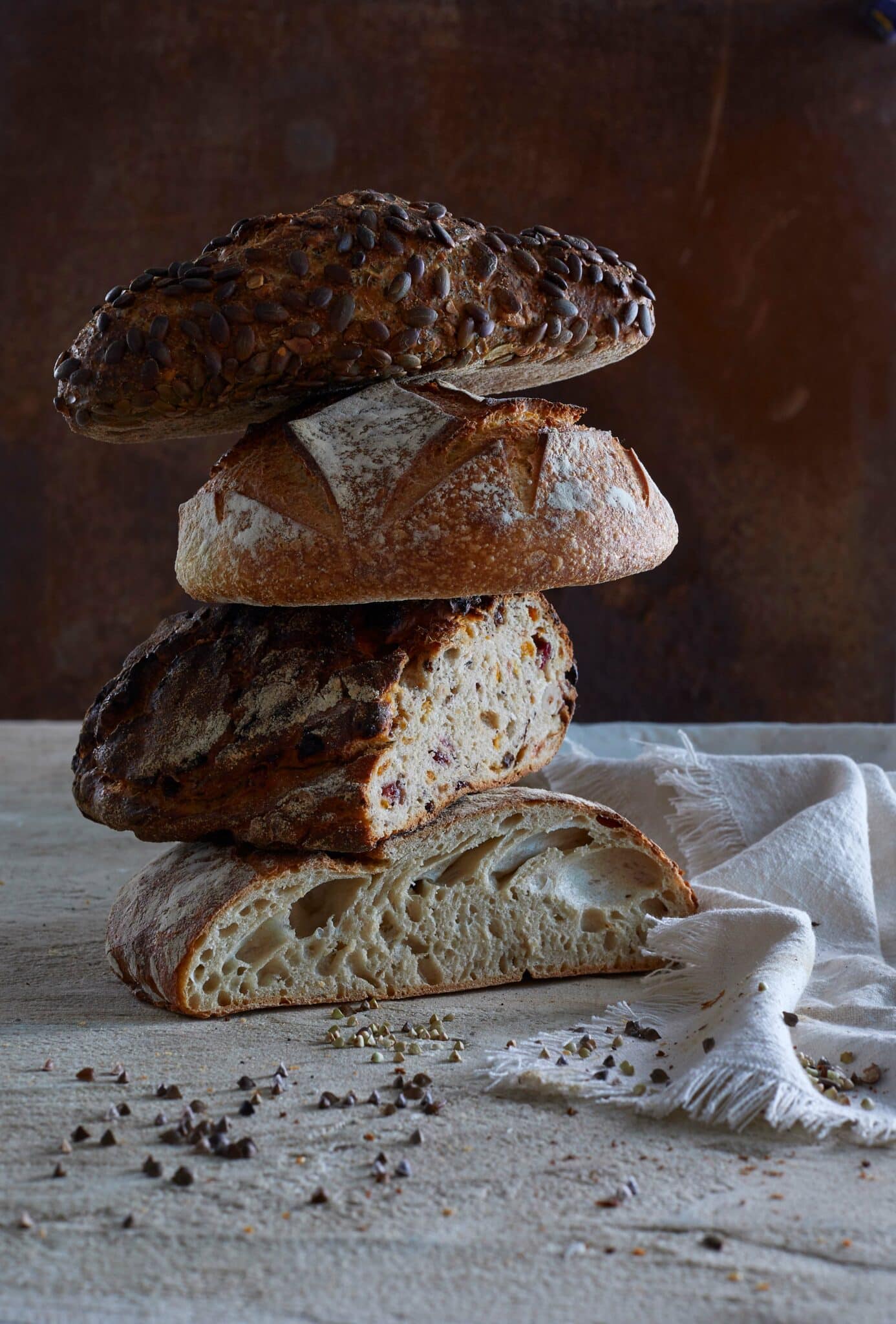
24 Jan What is the role of salt in breadmaking?
Posted at 13:19h
in News Posts
In breadmaking, salt is at once a taste enhancer and a functional ingredient, which acts on the properties of breadmaking dough. This article takes a look at the natural ingredient upon which bakers are reliant.
Salt as a taste enhancer in breadmaking
When salt levels are reduced in a bakery product, this can lead to changes in organoleptic perception and diminish the consumer’s experience.
The product is thus perceived as less aromatic, more tasteless, with dominant ‘wheat’ type flavours. The rounder ‘ripe wheat’ type taste generally popular with consumers is significantly reduced.
Salt also plays a major role in the Maillard reaction (by producing melanoidins during baking) and therefore in giving rise to crusty bread aromas.
Salt as a processing aid in breadmaking
In breadmaking, salt has an important functional role to play in the product. Salt, in effect, acts on the physical properties of dough (Belz et al., 2012) in the following ways:
- Hydration: thanks to its hygroscopic properties, salt absorbs water and increases the firmness of dough.
- During baking, salt reduction promotes the gelatinization of starch through its action on water activity, which makes dough less supple. Consequences: there is an impact upon the loaf’s volume and appearance, the crust is less fine and less crispy, and the mouth-feel is less pleasant.
- Structure of the gluten network: salt intervenes in the ionic bonds that built the network, thereby consolidating its strength and resilience.
- Salt reduction reduces the plastic properties of dough, which is as a result a little less hydrated, it reduces its tenacity thereby leading to loss of body and resistance and adversely affects its machinability.
- Oxidisation: salt impacts upon the oxidisation and pigmentation of the dough.
- During mixing, salt reduction leads to an increase in oxidisation by lipoxygenase, an enzyme present in flour, which oxidizes carotenoid pigments. Bread is as a result whiter, with fewer non-oxidised pigments and there is loss of flavour.
- Fermentation: salt, in its dissociated form, alters the osmotic pressure in dough.
- During fermentation, salt reduction increases flora activity slightly, which is less stabilised as a result, and impacts upon the first rise and final proofing phases. The tolerance of the dough pieces, in particular, is reduced.
- Colour: salt promotes crumb colour and a brown crust during baking.
- Salt reduction increases fermentation and therefore sugar consumption. There is therefore less sugar available for the Maillard reaction to take place during baking. The loaf is therefore less brown.
- Storage: salt acts on the keeping properties of bread, but its action is influenced by the environment.
- Salt reduction generally interferes with the storage of bread in a dry atmosphere (by fixing the water molecules, salt delays staling in bread and the drying out of its crust), but improves it in a moist atmosphere, by promoting a soft crust.
